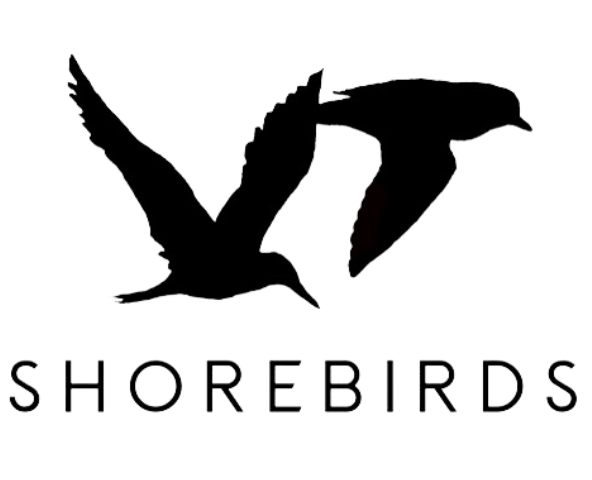North Carolina
Immigration and stopover ecology
North Carolina hosts the southern-most breeding population of piping plovers on the Atlantic Coast. This small population has fluctuated in size over the last 30 years, despite having poor long-term reproductive performance. Based on our work examining demographic rates of North Carolina plovers, it appears that North Carolina maintains its breeding plover population through immigration, from other, as yet unknown, areas of the Atlantic Coast. We are investigating the relationships between this population and its nearest neighbors on the Atlantic Coast, and how these potential interactions affect management strategies and objectives in the southern end of the plover breeding range.
To understand and manage plovers on the North Carolina Outer Banks, we need to improve chick survival and realign management targets with the specific demographic processes that occur there. Recent interest in enhancing habitat through vegetation removal, sand placement, and predator control offer an opportunity to address these issues. The overall goal of this study is to evaluate the effect of management actions on plover populations and to develop reproductive goals that are grounded in detailed, long-term demographic studies.
In addition to the important regional role that North Carolina plays to breeding piping plovers, this area also is a key migratory stopover location for the entire Atlantic Coast population. Our work surveying migratory piping plovers suggests that even a small portion of these barrier islands host the largest migratory flocks ever detected during their fall migration. Migratory plovers stay for several weeks on these islands, resting and refueling to complete their journey south to the wintering grounds. We are investigating how this area is used annually by Atlantic Coast piping plovers, and how it relates to other stages of their life cycle.
South Ocracoke Island The largest stopover location for piping plovers during migration. Over 500 birds (nearly 15% of the Atlantic coast population) use this location to rest, molt, and fuel up for their continued migration south to wintering locations in the southeast Atlantic and Caribbean..

